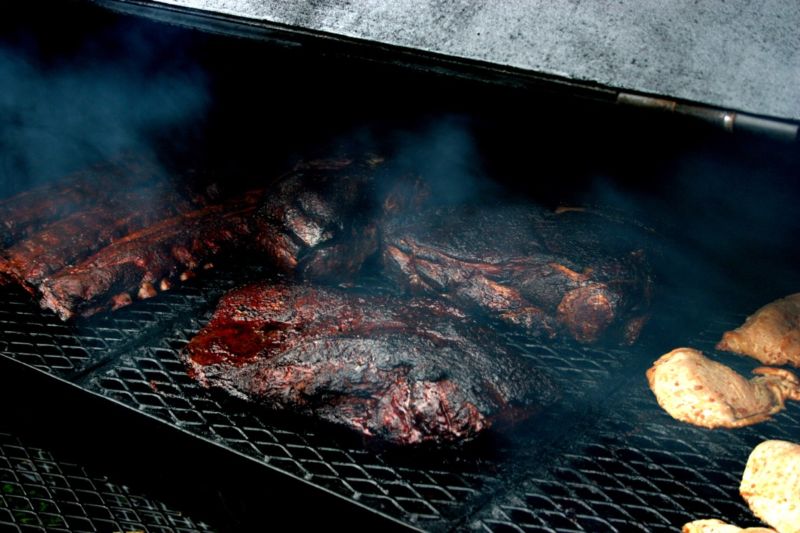
Enlarge / The secret to yummy brisket and ribs lies in food chemistry and phase transitions. (credit: TayFos/Getty Images)
Imagine this nightmare Labor Day scenario. You've invited a large group of friends over for pulled BBQ pork or a delicious beef brisket. That morning, you confidently place your meat in the smoker, handy digital thermometer in place so you'll know just when the internal temperature reaches the perfect point. Everything seems fine for the first two hours, but suddenly the temperature stops rising. And it stays constant for hours and hours, as your friends get hungrier and hungrier, and you're forced to order pizza in desperation.
You've just encountered the bane of aspiring pit masters everywhere: the Stall (also known as the Zone or the Plateau), a common phenomenon in low-temperature cooking. What, precisely, causes the stall is a perennial topic of debate among BBQ enthusiasts. Is it a protein called collagen in the meat, which combines with water to convert to gelatin at the 160°F point? Or is it due to the fat rendering, turning lipids to liquid?
Several years ago, Greg Blonder, a Boston College professor, did the experiments and came up with a definitive answer: evaporative cooling. The meat sweats as it cooks, releasing the moisture within, and that moisture evaporates and cools the meat, effectively canceling out the heat from the BBQ. These days, Blonder is the resident science advisor and myth buster at the popular BBQ and grilling site called Amazing Ribs. "I spend a lot of my time settling bar fights, basically," he joked.



we need your feedback